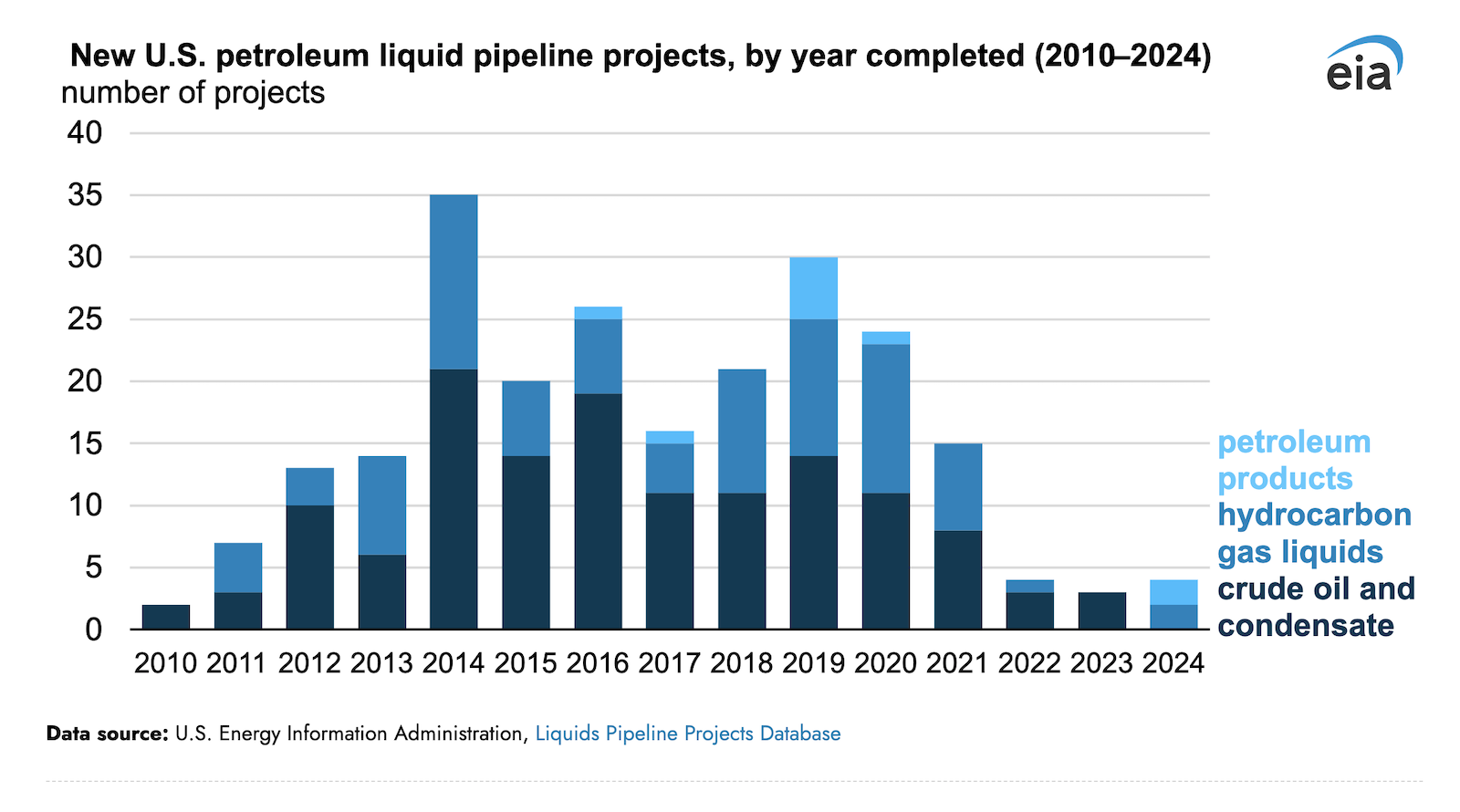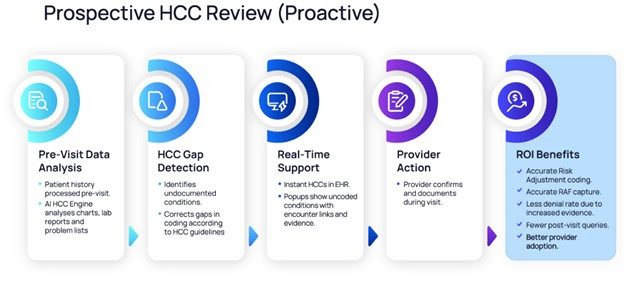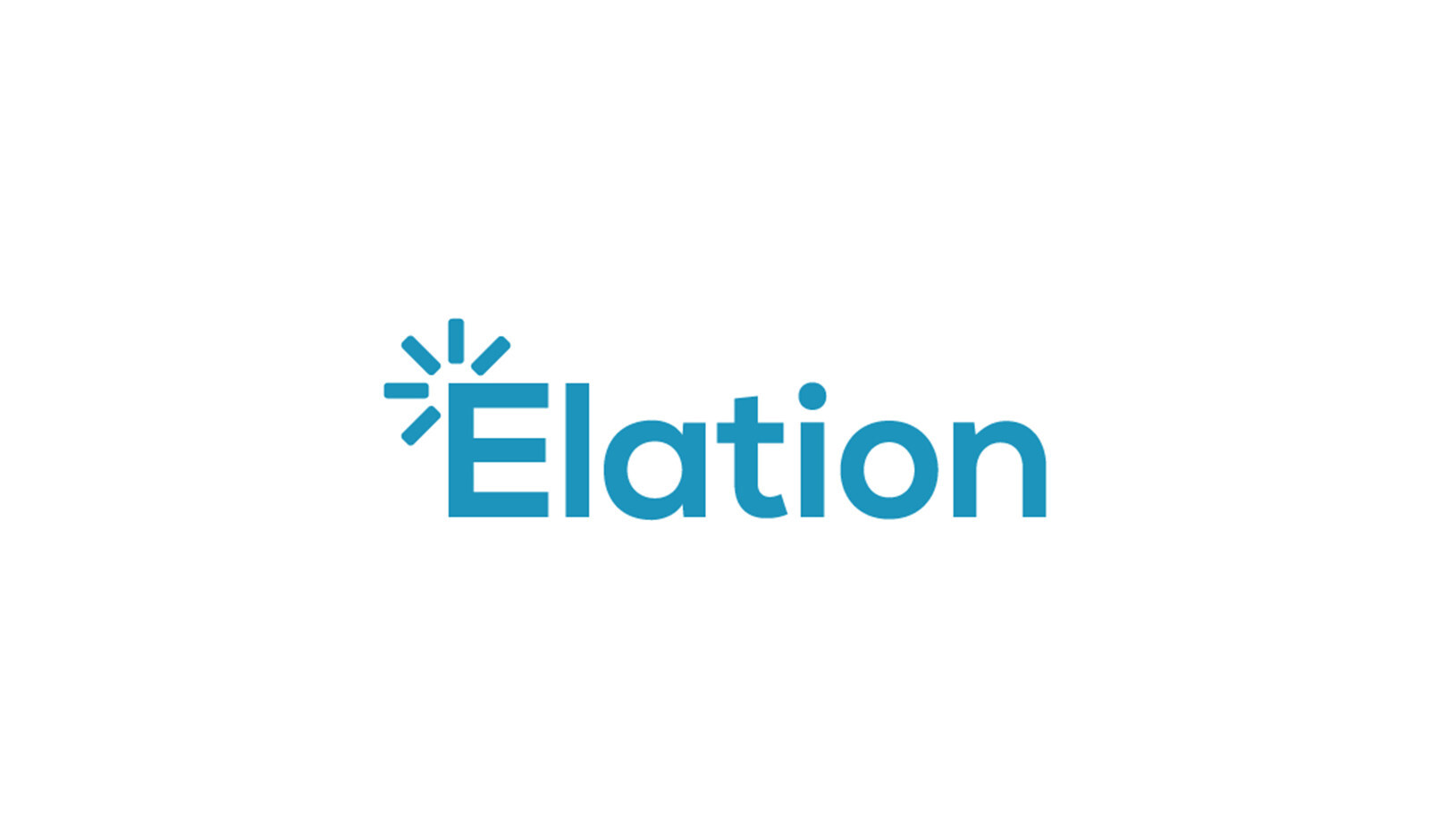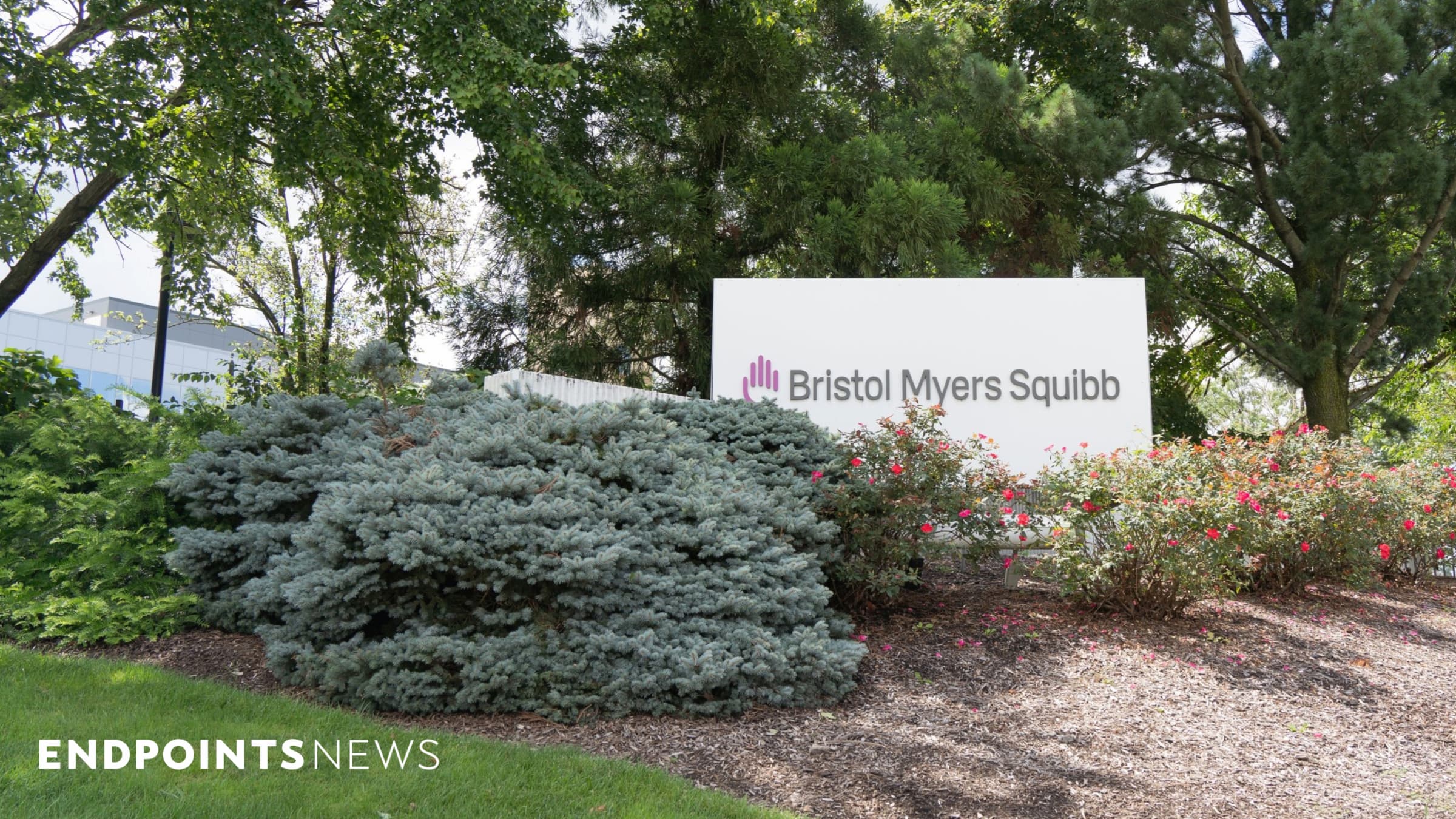Reversing Healthcare’s Financial Crisis: A Look into Patient Access Solutions
The healthcare industry is caught in the crosshairs of historical inflation, driving up the costs of medical equipment, essential medications and treatments, and out-of-pocket costs. The combination of these factors and continuous labor shortages among nurses and physicians due to burnout directly impacts the end user: patients. Millions of patients struggle to afford routine and ... Read More

The healthcare industry is caught in the crosshairs of historical inflation, driving up the costs of medical equipment, essential medications and treatments, and out-of-pocket costs. The combination of these factors and continuous labor shortages among nurses and physicians due to burnout directly impacts the end user: patients. Millions of patients struggle to afford routine and emergency medical care, leading to financial strain and, for many populations, the inability to access the care that keeps them healthy and alive.
A startling 41% of working-age Americans—a total of 72 million people—are burdened by medical debt. When factoring in seven million elderly adults facing similar challenges, the total number of Americans struggling to pay medical bills reaches a staggering 79 million. This puts America’s healthcare system into a detrimental, transient state. As chronic illnesses mount and patients live under a mountain of debt, U.S. hospitals lose millions annually due to unpaid medical bills. So, the question remains: “Is medical debt making people with chronic and complex illnesses sicker?” Indirectly, yes.
These burdens are not merely numbers; they represent individuals delaying, canceling, or abandoning necessary care due to financial constraints. It’s especially hard on those with low incomes and chronic diseases. For all patients, delaying or forgoing doctor visits and treatments leads to worsening health conditions and increased mortality and morbidity rates due to their inability to pay. A 2023 Federal Reserve study found that 27% of American adults skipped medical treatment due to cost. This trend is exacerbated by the prevalence of high-deductible health plans (HDHPs) that, while offering lower premiums, often lead to significant out-of-pocket expenses. This disproportionately impacts lower-income households, who may end up paying over $16,000 to meet their deductible.
The Ripple Effect of Patient Debt
The implications of this financial strain extend beyond patients. Providers face a cascading cycle of revenue loss every time a patient cannot pay a bill. As a result, healthcare systems are at risk, particularly in underserved communities where access to care is already inequitable. The repercussions are profound, intensifying health disparities and limiting the capacity of providers to deliver high-quality care.
Addressing these challenges necessitates a departure from traditional approaches to patient financial access. Patients today demand transparency, flexibility, and digital-first solutions that allow them to manage their healthcare expenses proactively. A comprehensive strategy is needed to overcome these obstacles.
To tackle the growing medical debt crisis effectively, healthcare organizations and their executives must embrace innovative solutions that enhance patient access through financing systems borrowed from the retail sector. By adopting a patient-centric model focused on affordability and convenience, healthcare providers can improve patient engagement while bolstering their financial sustainability.
Drawing Inspiration from Retail
The retail industry has demonstrated a keen ability to innovate in customer-centric strategies, particularly in payment flexibility and engagement, going far beyond simple propensity-to-pay and simple credit scoring. Healthcare providers can adopt similar approaches by offering personalized financial solutions that align with individual patient needs. Just as retailers provide diverse payment methods, healthcare systems should offer new innovative financing options built for patient financing circumstances to empower patients to choose the most suitable solution. Additionally, utilizing data analytics to customize financial education and payment plans can assist in enhancing patient satisfaction and trust, ultimately improving health outcomes.
Here’s how healthcare can borrow successful strategies from the retail sector and combine them with innovative healthcare technology offerings:
- RCM Tools for Enhanced Engagement: By embedding self-scheduling, insurance verification, and patient financing into workflows on the front end, and offering digital care statements with multiple payment or financing options on the back end, patients are empowered to manage healthcare costs proactively—enhancing engagement and ensuring timely provider payments.
- Flexible Financing Options: Similar to retailers offering multiple payment methods, healthcare executives can work with leading innovative companies to provide diverse financing options to a very diverse patient population concerning credit worthiness. Patient financial access platforms with complex medical-debt algorithms go beyond simple propensity-to-pay and credit scoring, so that financing plans are available to 90%+ of patients, and patients can choose plans that fit their budgets, reducing appointment cancellations and enabling the required engagement in their care episodes.
- Optimizing Insurance Benefits: Accurate and timely insurance verification ensures patients receive the care they need without surprise bills. Advanced financial platforms streamline this process with far more sophisticated insurance discovery technologies and link to a larger payer population, identifying insurance coverage at the time of service—something often missed by older technology. These platforms provide pre-service estimates based on accurate insurance coverage, avoiding misclassifying patients as “self-pay,” incorrect payment requests, and inappropriate workflows. This approach optimizes patient experience and ensures providers secure service payment.
- Eligible Patients for Medicaid, ACA Plans: Through innovative insurance discovery technology, an additional benefit is defining those patients eligible for Medicaid or an ACA plan. The patient can then be assisted in the enrollment process to gain coverage for their care.
- Leveraging Charitable Resources: Patient financial access platforms can compile comprehensive databases of charities and assistance programs, connecting patients with potential financial aid. This promotes affordability for patients and reduces bad debt for healthcare providers.
Breaking Down the Barriers of Healthcare Costs
The U.S. healthcare system faces significant challenges, including rising patient debt, threatening patient well-being and operational sustainability. Organizations must embrace innovative practices and prioritize patient access to create a more equitable and affordable healthcare ecosystem. Comprehensive patient financial platforms empower patients to navigate complex healthcare costs while simultaneously strengthening providers’ financial positions.
Healthcare executives can help create a more equitable and sustainable future by prioritizing patient-centric approaches and leveraging retail-inspired solutions. Patient financial access platforms provide the tools patients need to manage healthcare costs while empowering providers to operate more efficiently. This retail-inspired revolution in patient access holds the key to challenging the status quo and unlocking a future where everyone can access the care they need, regardless of their financial circumstances.
About Meredith Kirchner
Meredith Kirchner is a seasoned healthcare operations leader with over 20 years of experience. She currently serves as the Chief Operating Officer at Curae, where she focuses on improving operational efficiency and client satisfaction through innovative financial solutions for multi-hospital health systems. Meredith has a strong background in healthcare consulting and technology, having held senior roles at Patientco and Ernst & Young. Her experience lies in optimizing organizational workflows and enhancing patient financial access, making her a pivotal figure in driving Curae’s growth and industry reputation.




































































.jpg)





































































